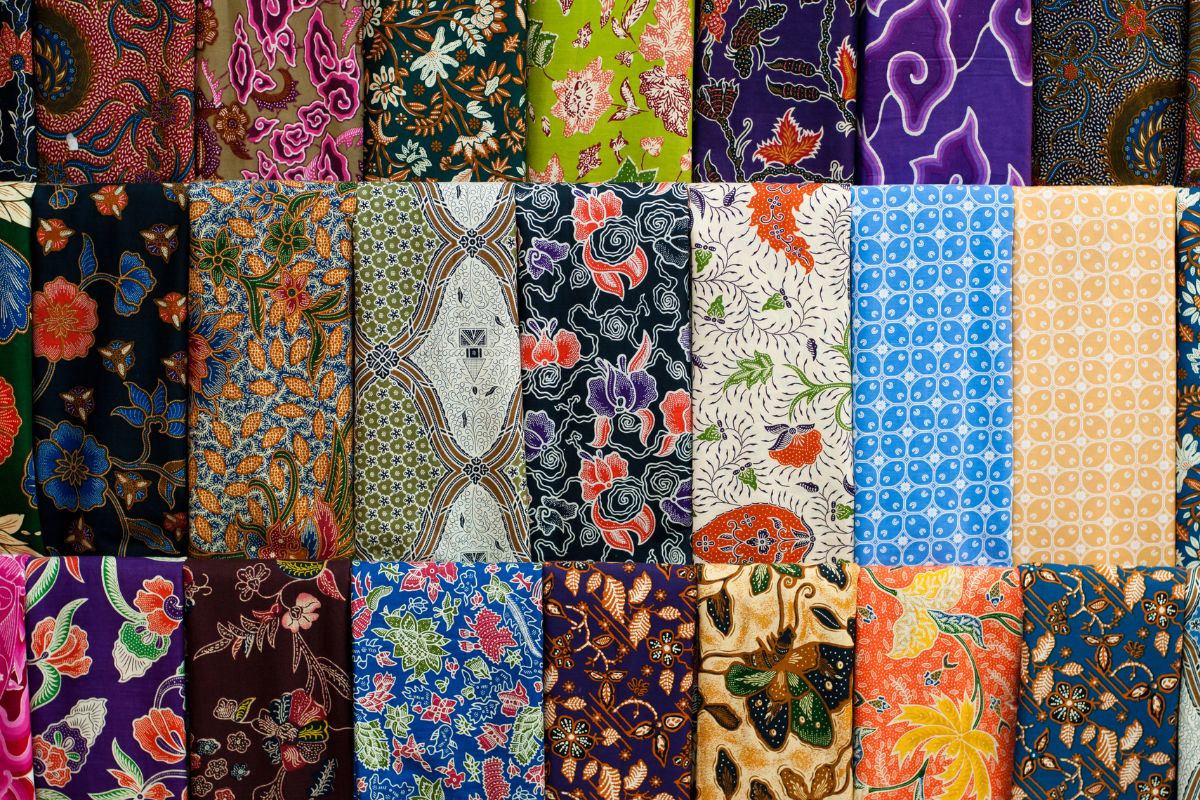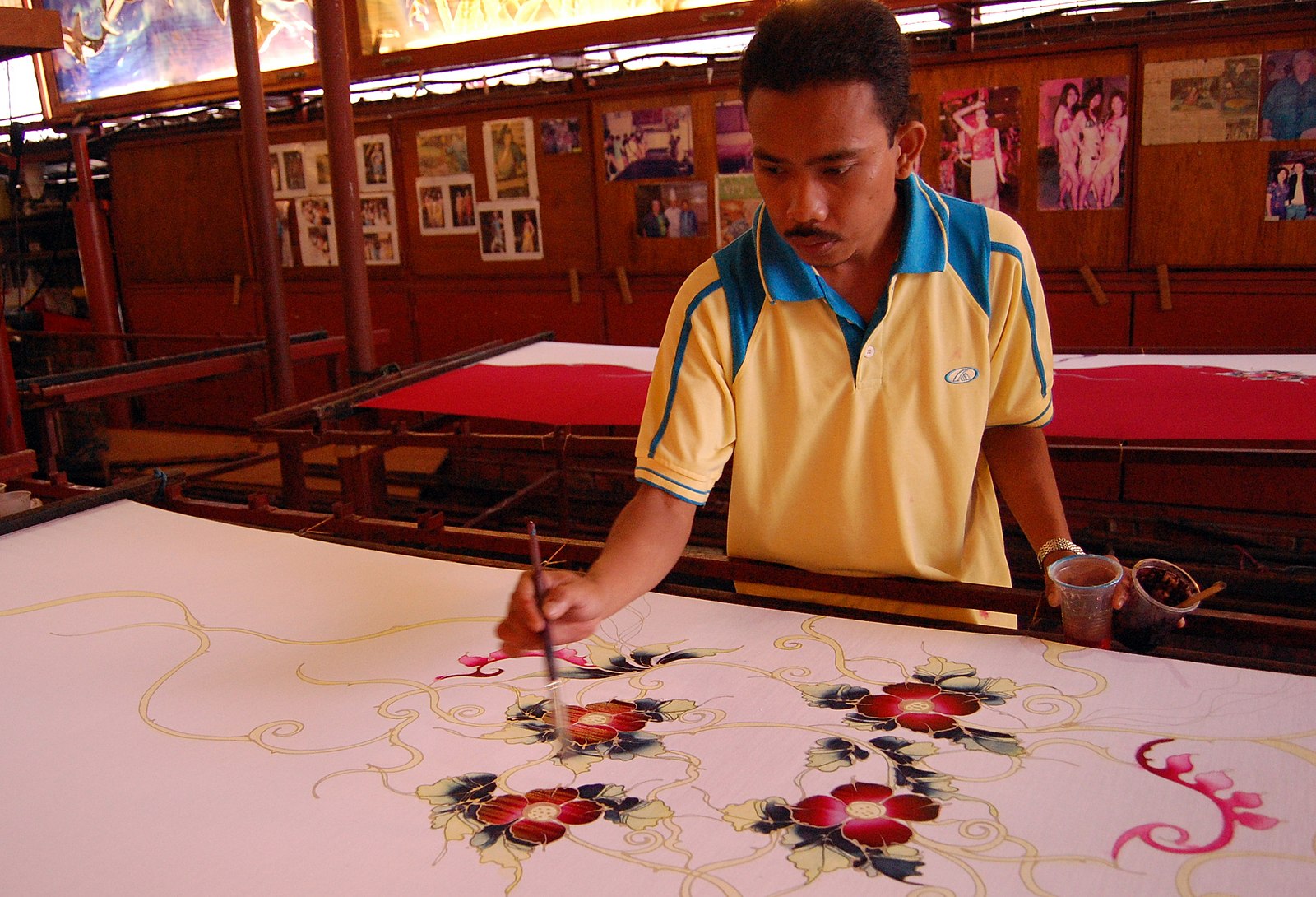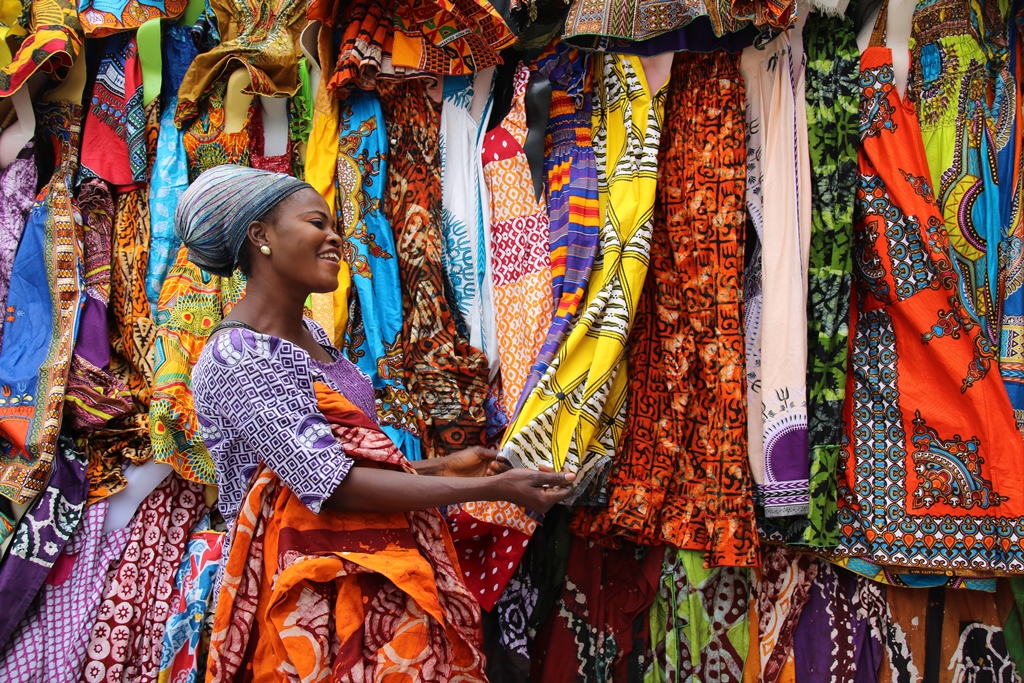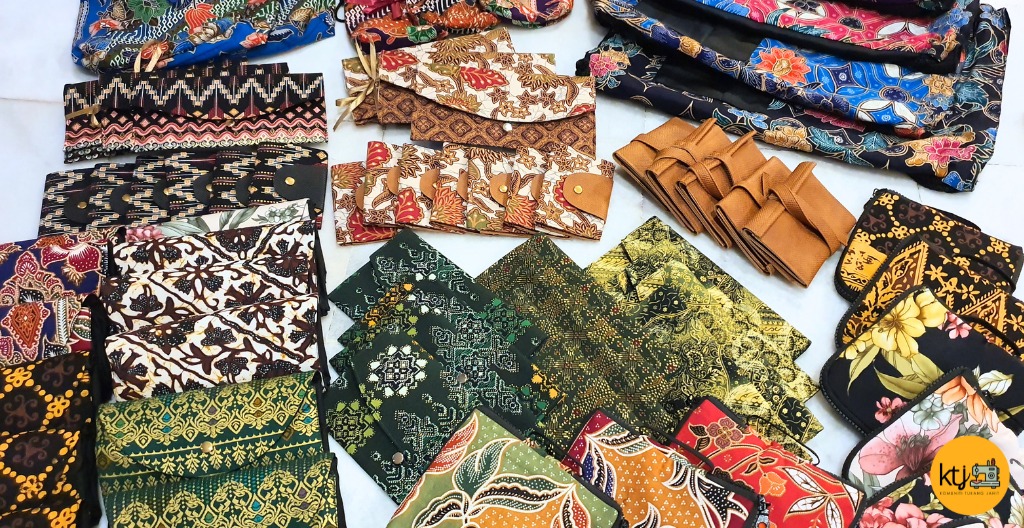What is Batik?
Batik is a traditional art form that has been practiced for centuries in various cultures around the world. It involves using wax-resist dyeing techniques to create intricate designs and patterns on fabrics.
From its origins in ancient civilizations to its modern interpretations in fashion and design, the art of batik has played an important role in cultural heritage and continues to inspire creativity today.
History and origins of Batik
The history of batik can be traced back to ancient Egypt and China, but it is most closely associated with Indonesia, where it has been a traditional art form for over a thousand years.
The word "batik" comes from the Javanese word "amba" meaning to write and "titik" meaning dot. In Java, batik was considered a sacred art and was used in religious ceremonies and to adorn royal palaces.
The Dutch colonizers in the 19th century banned batik as a way to promote their own textile industry and it was revived as an art form again in the 20th century as a symbol of national identity.
Techniques of Batik
The process of creating a batik piece involves several steps, each of which requires a unique set of tools and materials.
Let's take a closer look at the different techniques used in batik, as well as the tools and materials required to create a successful piece.
Wax-Resist Dyeing
The first step in creating a batik piece is to apply wax to the fabric in the areas where the original color of the fabric is to be preserved. This process is known as wax-resist dyeing.
The wax is applied using a tool called a tjanting, which is similar to a pen with a small spout for dispensing the wax.
Once the wax has hardened, the fabric is submerged in dye. The wax acts as a barrier, preventing the dye from penetrating the wax-covered areas.
The wax is then removed by heating it, revealing the vibrant colors underneath.
Dye Application Technique
The wax-resist process must be repeated multiple times, each time using a different color of dye to build up the desired pattern.
The dye is typically applied with a brush or poured onto the fabric, and can be varied in color and thickness depending on the effect desired.
The fabric is then left to dry before the next layer of wax is applied.
Tools and materials used in Batik
The process of batik requires several tools and materials.
Besides the tjanting, other tools include brushes or pouring bottles for dye application, combs and stylus for creating intricate designs, and a source of heat such as a candle or gas burner to melt the wax.
Additionally, a pot to boil the wax and dye, and a place to hang the fabric to dry.
Common motifs and designs used in Batik
Batik art is characterized by a wide range of motifs and designs, each with its own unique meaning. Common motifs include plants, animals, and geometric shapes.

These designs often have symbolic meanings, such as the peony representing prosperity and the lotus symbolizing purity.
Additionally, batik designs often depict scenes from daily life, as well as traditional stories and legends.
Contemporary Batik
In recent years, contemporary batik has seen a resurgence in popularity with designers and artists interpreting the traditional techniques in new and exciting ways.
From modern fashion to interior design, batik has taken on a new form and become a popular trend in today's society.
A. Modern interpretation of traditional Batik:
Contemporary batik is a modern interpretation of the traditional technique, taking the old and giving it a new spin. Artists and designers are experimenting with different colors, patterns, and styles to create unique pieces.
The traditional method of using wax and dye is still being used but in different ways, such as using a machine to print on the fabric. The wax resist technique is adapted to new materials, such as ceramics, glass and metal.
B. Role of Batik in fashion and design:
Batik has found its way into the world of fashion and design. Designer clothing and accessories are now being created using batik fabrics, giving them an exotic touch.
Home decor items such as cushion covers, curtains, and batik kitchenwares are also being created using batik patterns and colors.
These contemporary designs have increased the popularity of batik and made it more accessible to a wider audience.
C. Efforts to preserve and revitalize the art of Batik:
Efforts are being made to preserve and revitalize the art of batik, as it is a significant part of cultural heritage.
Organizations and communities are working to promote batik and provide training to future generations.
This not only helps preserve the traditional techniques but also provides economic opportunities for those involved in the industry.
D. Batik in the digital age:
Digital technology has also played a role in the revival of batik. With the availability of digital textile printing, it is now possible to produce intricate batik designs on a large scale, and at a lower cost.
Furthermore, digital platforms and e-commerce make it easier for customers to purchase batik products, promoting the craft to a global audience.
Batik in various cultures
The art of batik has a long history and cultural significance, and it is practiced in various cultures around the world.
A. Batik in Indonesia:
Indonesia is considered the birthplace of batik, where it has been a traditional art form for over a thousand years.

Popular Indonesian Batik Designs
The Javanese people have been making batik for centuries, with the designs often having symbolic meanings and being used in religious ceremonies and to adorn royal palaces.
Today, batik is still an important part of Indonesian culture, and it is a popular choice for traditional clothing and home decor items.
B. Batik in Malaysia:
Malaysia is a country with a rich and diverse cultural heritage, and batik is an important part of that heritage.
The art of batik making is considered a traditional art, with a unique style and motifs.

The batik from Malaysia is known for its vibrant colors and bold designs. The use of batik in traditional costumes and textiles is an integral part of the Malay culture and identity.
C. Batik in Africa:
In Africa, traditional cultures such as the Ashanti of Ghana and the Yoruba of Nigeria also have a long history of using batik. These cultures use batik for ceremonial dress and to tell stories.
The traditional batik of Africa is characterized by bold, geometric designs and strong, vibrant colors.

The art of batik has been adapted to suit the needs of the people, and the motifs used in batik are often symbolic and steeped in tradition.
D. Batik in India:
India also has a long history of using batik, known as “bandhni”, in fabrics and garments.
The art of bandhni, like batik, uses the resist-dye technique and often depict scenes from daily life, as well as traditional stories and legends.
The bandhni of Gujarat is particularly well-known, with intricate designs that are highly sought-after by collectors and textile enthusiasts.
How to appreciate Batik
To truly appreciate and understand the art of batik, it is important to know how to evaluate the quality of a piece and how to care for it properly.
Additionally, incorporating batik into daily life can be a great way to appreciate and appreciate the art form on a daily basis.
A. Criteria for evaluating the quality of Batik:
When evaluating the quality of a batik piece, there are several things to consider.
The first is the precision of the wax resist. The wax should be applied in a clean, neat manner, with no smudging or bleeding.
Additionally, the colors should be vibrant and well-saturated, and the design should be crisp and well-defined.
The fabric should also be of high quality, and the stitching should be even and neat.
B. How to care for and maintain Batik:
Batik is a delicate art form and requires proper care and maintenance to ensure that it lasts for years to come.
To care for your batik piece, it's important to avoid exposing it to direct sunlight or excessive heat, as this can cause the colors to fade.
Additionally, it's important to avoid using harsh chemicals or detergents on the fabric, as this can damage the colors and design. Instead, it's best to hand wash the piece in cold water with mild soap and hang it to dry.
C. How to incorporate Batik into daily life:
Incorporating batik into daily life is a great way to appreciate the art form and make it a part of your daily routine. One way to do this is by using batik fabrics to create clothing and accessories. Whether it's a batik shirt, dress, scarf or bag, incorporating batik into your wardrobe can be a fun and stylish way to incorporate this art form into your daily life.
Additionally, batik can be used to add a touch of color and elegance to your home decor. From bed linens and pillow covers to curtains and table runners, batik can be used to add a unique and eye-catching touch to any room.
A lot of Malaysian and Indonesian corporate companies are also introducing batik corporate gifts as part of their way to preserve and incorporate more Batik use into daily lives.
Another way to incorporate batik into daily life is by using it as a source of inspiration for other creative endeavors. Many artists, designers and crafters have been inspired by the colors, patterns and motifs found in traditional batik.
It can be a great inspiration for your own art or design projects, or to use it as a model to create something unique of your own.
Preserving the traditional art of Batik
In conclusion, batik is a timeless and beautiful art form that can be appreciated and incorporated into daily life in many different ways.
By evaluating the quality of a piece, properly caring for it and incorporating it into your daily life you can appreciate this art form in a deeper way.
Additionally, with the resources available, you can learn more about batik and gain a deeper understanding of the artform and its cultural significance.


